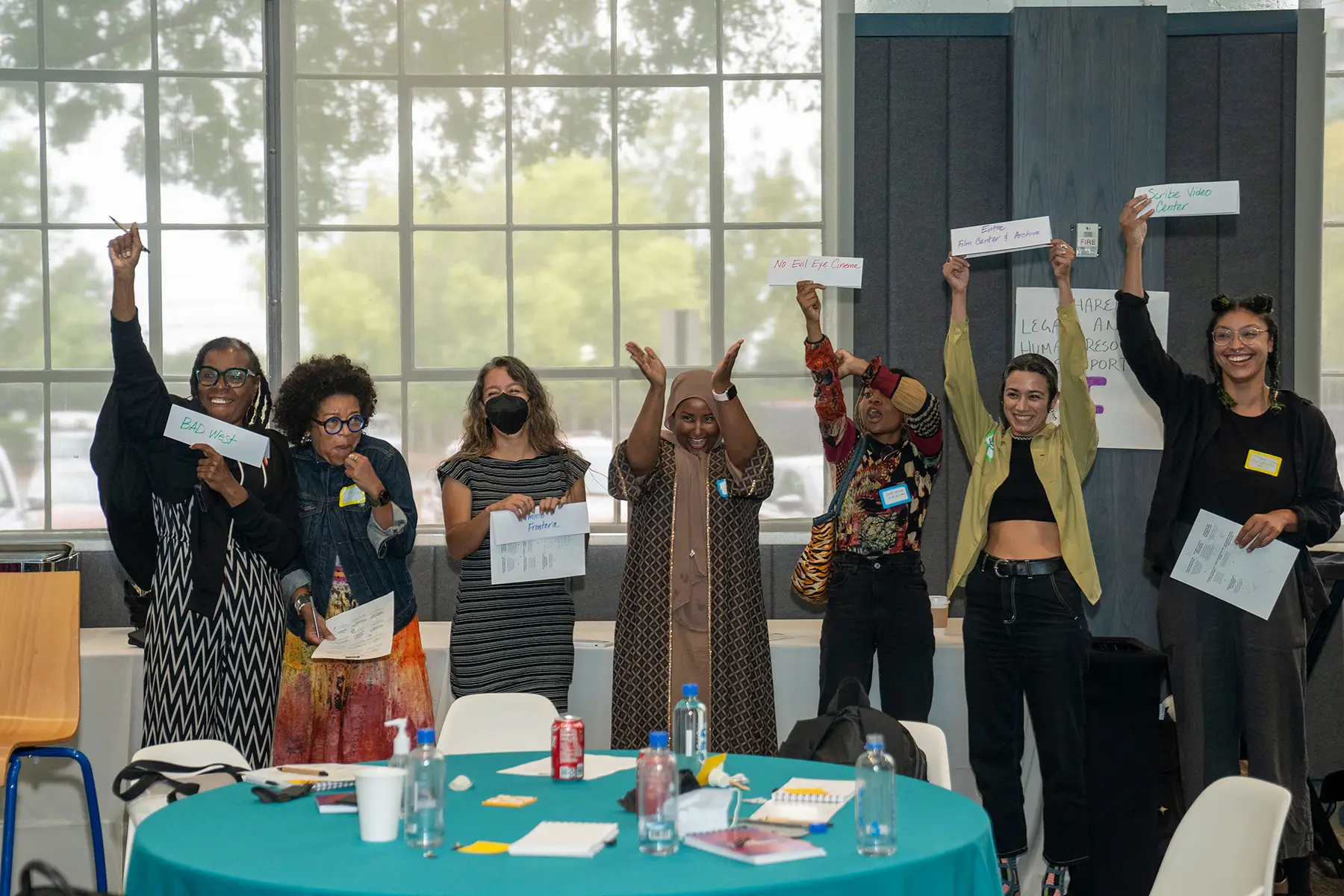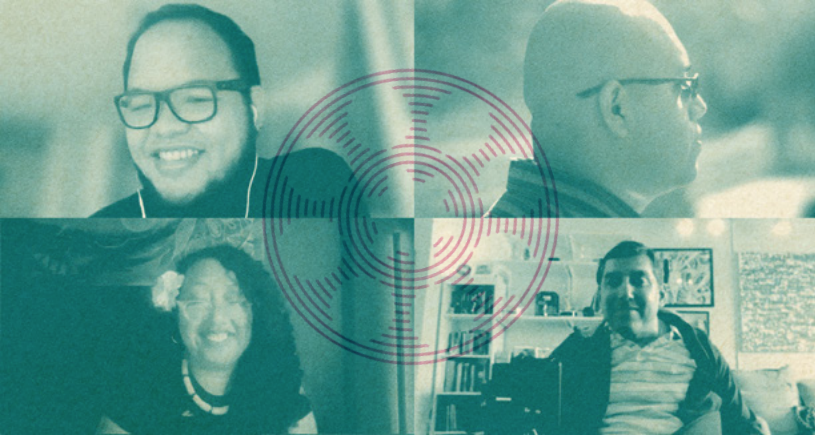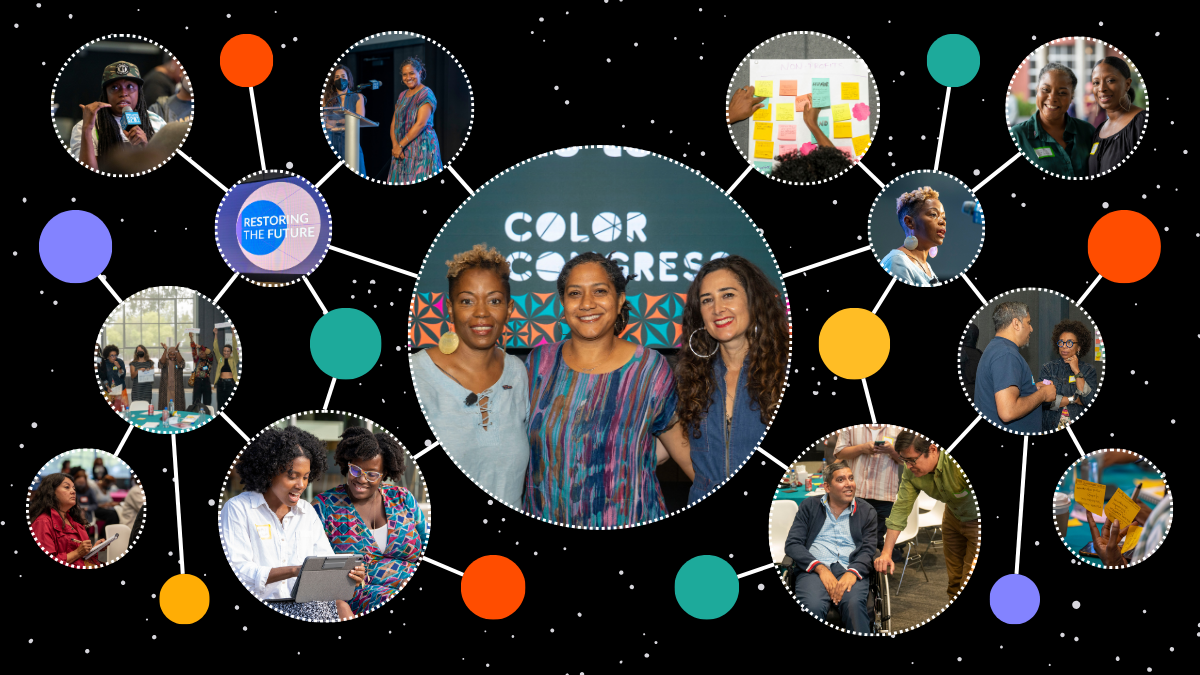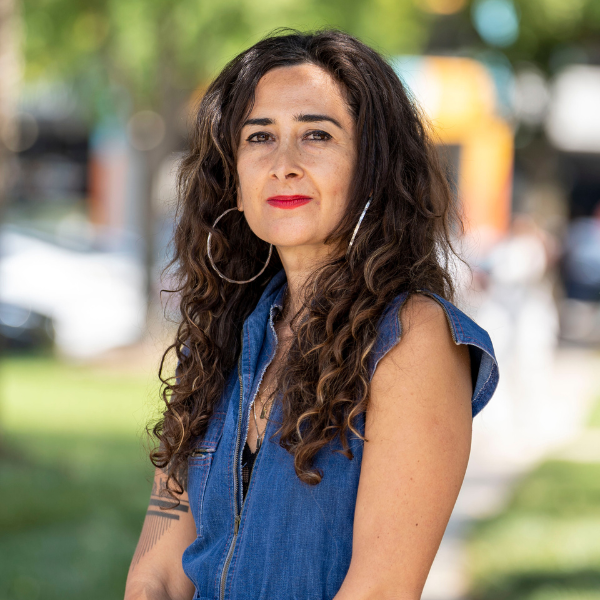

[Documentary is] a field that is pointing to a more caring future, abundant with diversity of the form, aesthetic possibilities, and political power… if only we nurture it.
There have been many moments over the last few years where documentary filmmakers, impacted community members, and others have called attention to stories that reinforce harmful narratives that flatten and dehumanize entire communities, which carries real consequences. It was among the many concerns people had over the film Jihad Rehab, which trafficked in the myth of Muslim men as terrorists. It was one of the concerns people had about the film Beyond Utopia, which perpetuated “axis of evil” narratives about North Korea with little context for the US role in the conflict and economic hardship there. And it is a concern filmmaker Adamu Chan voiced in a piece that critiques storytelling that perpetuates racist narratives of criminality, which harm communities impacted by over-incarceration while upholding the authority of the very same carceral institutions that do harm in the first place.
In these and other examples, narrative responsibility is being asserted as a core component of documentary care and accountability. All stories advance narratives that can either perpetuate or challenge the status quo. Those narratives can be harmful or they can be healing and liberatory. They can obscure or they can shed new light. They can create division or they can build connections. In this evolving culture of care in the documentary field, a filmmaker recognizes their responsibilities to film participants whose stories they steward and to entire communities and audiences who are impacted by their storytelling. And they recognize that they may be held accountable if the stories they tell reinforce the very same narratives that do them harm to begin with.

Photo: Leola Studios
People of color and other marginalized communities that have experienced harm are at the forefront of shaping new practices of care in documentary filmmaking. In his piece, Chan articulates his vision for “narrative repair,” which involves employing a critical analysis of the structural conditions that shape a person’s life and decisions when telling their story. We also see this articulated in the practices of our member organizations. They are not only creative and political homes for filmmakers, but also vital — yet overlooked — hubs for political education, creative community, and civic engagement that power the documentary field, activate audiences, and support pluralism and democracy.
In a recent report from Color Congress, The People of Color Documentary Ecosystem: Engines for a New American Narrative, Sonya Childress and I illustrate the various ways the over 100 people of color-led and serving documentary organizations that make up our membership are shaping a new American narrative. The storytelling they advance collectively presents a picture that is more nuanced, accurate, and reflective of people of color’s lived realities and experiences in this country. When we look out across this ecosystem of organizations — that train, mentor and support storytellers of color; that nurture audiences of color and their appetite for nonfiction film; that create spaces where people of color can network, get organized, and get activated around shared goals — what we see is a powerful collective that is demonstrating the unique relationship between their communities and documentary. That is shaping the form in important political, creative, and care-centered ways.
For the organizations that center audiences of color and nurture a deepened engagement with nonfiction film, we see them creating spaces where their communities will be welcome, curating films that will resonate with them, and facilitating conversations that are rooted in experience. They foster spaces that push aesthetic boundaries — spaces for deep intellectual engagement where leadership is strengthened, connections are fostered, power is built, and political sensitivities are sharpened.
For the organizations focused on serving storytellers of color, we see them creating cultural homes where creativity is boundless and the political is ever present. How could it not be? The racialized experiences of communities of color regularly expose the discrepancies between the narratives we swim in and the realities we live. These discrepancies are tears in the narrative fabric that holds society together and can lead to distrust if not mended and fortified. But in spaces where their lived realities are shared, voices and leadership of filmmakers of color can be nurtured with greater intimacy. The social, political, and creative lenses of their storytelling can be more critically examined, and they find greater agency in how they shape a story. The results can be powerful.

Photo: The People of Color Documentary Ecosystem: Engines for a New American Narrative
In the report, we point to Set Hernandez, whose voice and leadership has been supported by and through many organizations in this POC documentary ecosystem — including Visual Communications, Firelight Media, the Asian American Documentary Network (A-Doc), the Undocumented Filmmakers Collective, and AXS Lab. Set’s most recent film, unseen, about an aspiring social worker who is blind and undocumented is a politically relevant and aesthetically innovative film. The camera blurs frequently, challenging the visual supremacy of the form, inviting a deeper engagement with sound, and recalibrating the experiences of sighted and non-sighted audiences. It is an insightful and personal journey, shared through a visual language that is intimate and deepens understanding. It is also a film that challenges typical narratives about disabled people. In Set’s film, the most concerning barriers that Pedro, the film’s protagonist, faces are imposed by the US government, not his disability.
The filmmakers of color nurtured through this ecosystem have the space to be themselves. They have permission to shape stories, not for commercial success but for the communities they are a part of and to whom they feel accountable. The storytelling that results often defies hegemonic narratives, centers communities of color, recognizes them as agents of change, corrects history and catalyzes introspection and healing for the filmmakers. That is precisely the kind of storytelling society needs: storytelling with the potential to shape new narratives of collective liberation and healing.
This is an exciting and potent moment for the documentary field, which like many fields has grappled with a painful past. But it is also a field that is pointing to a more caring future, abundant with diversity of the form, aesthetic possibilities, and political power… if only we nurture it.







.png?resize=768x0)